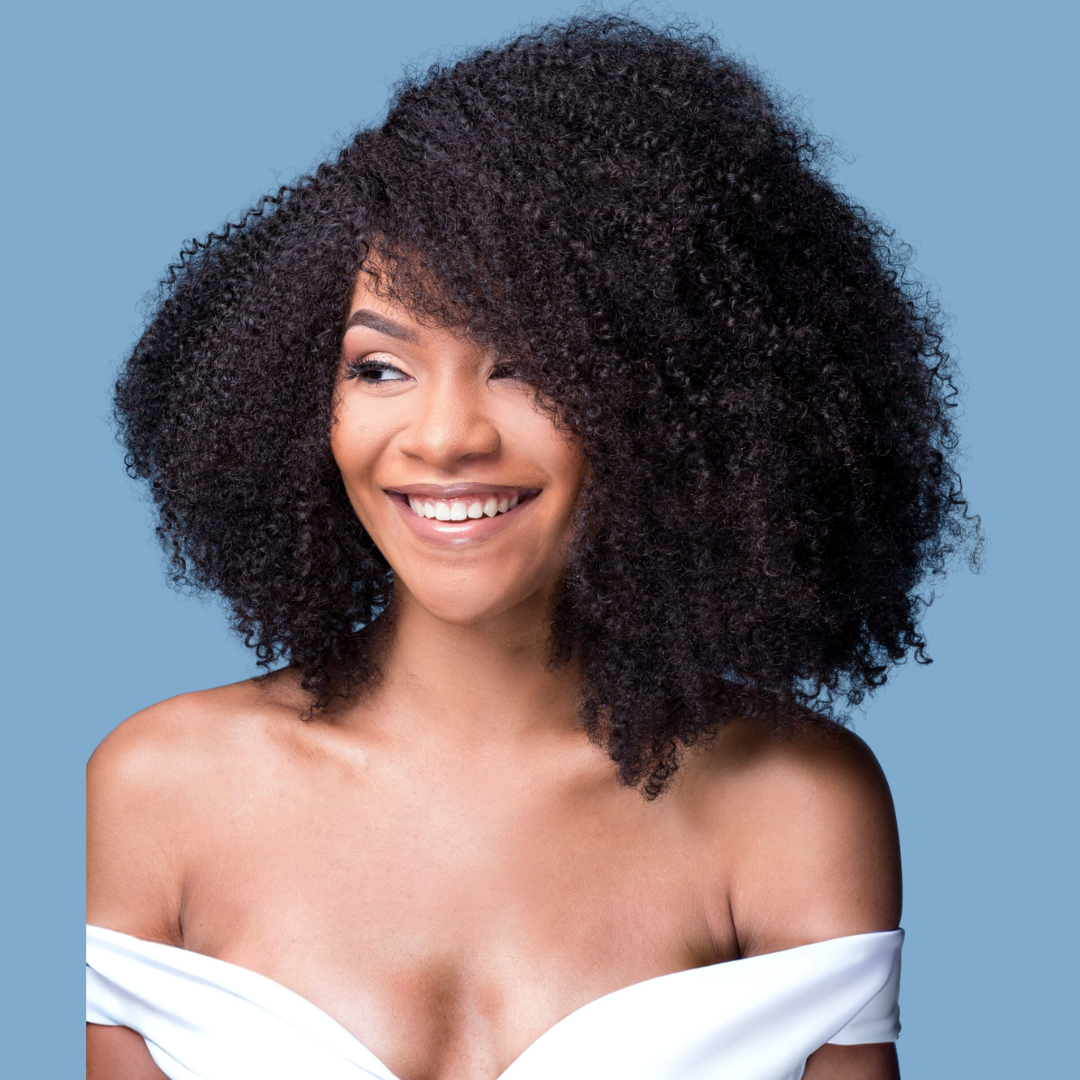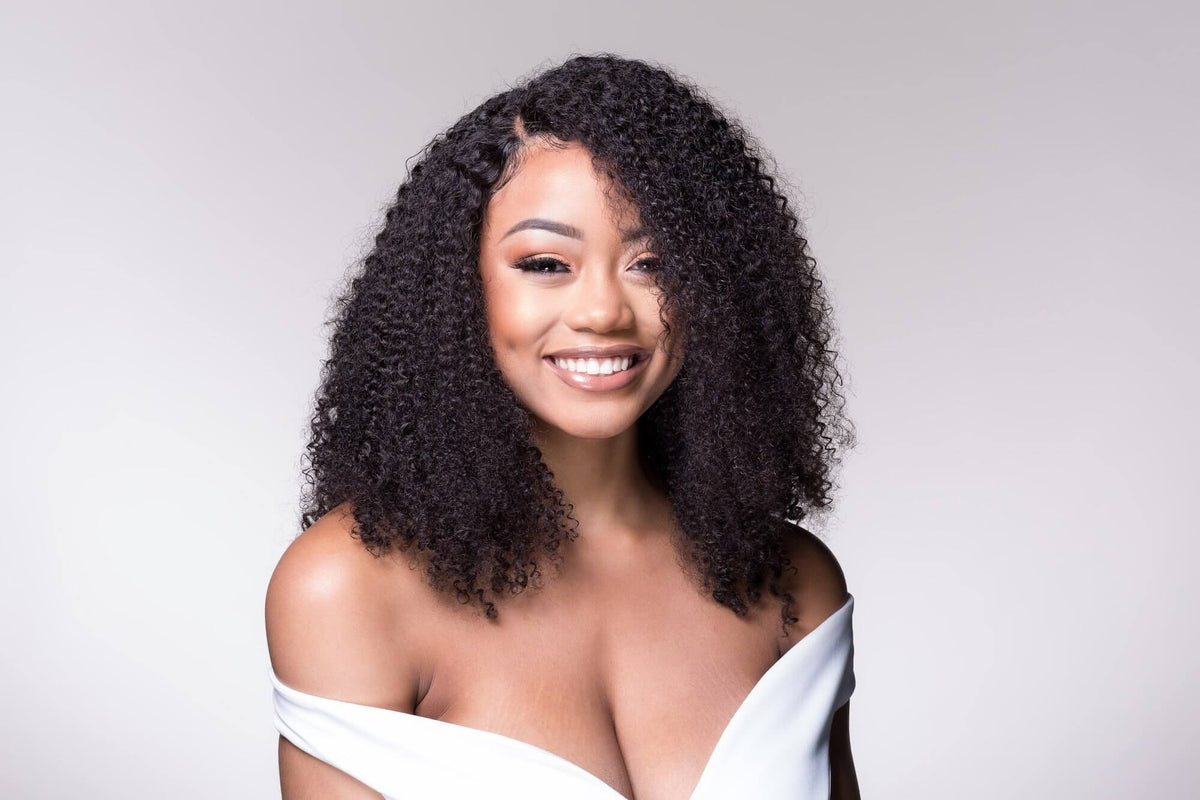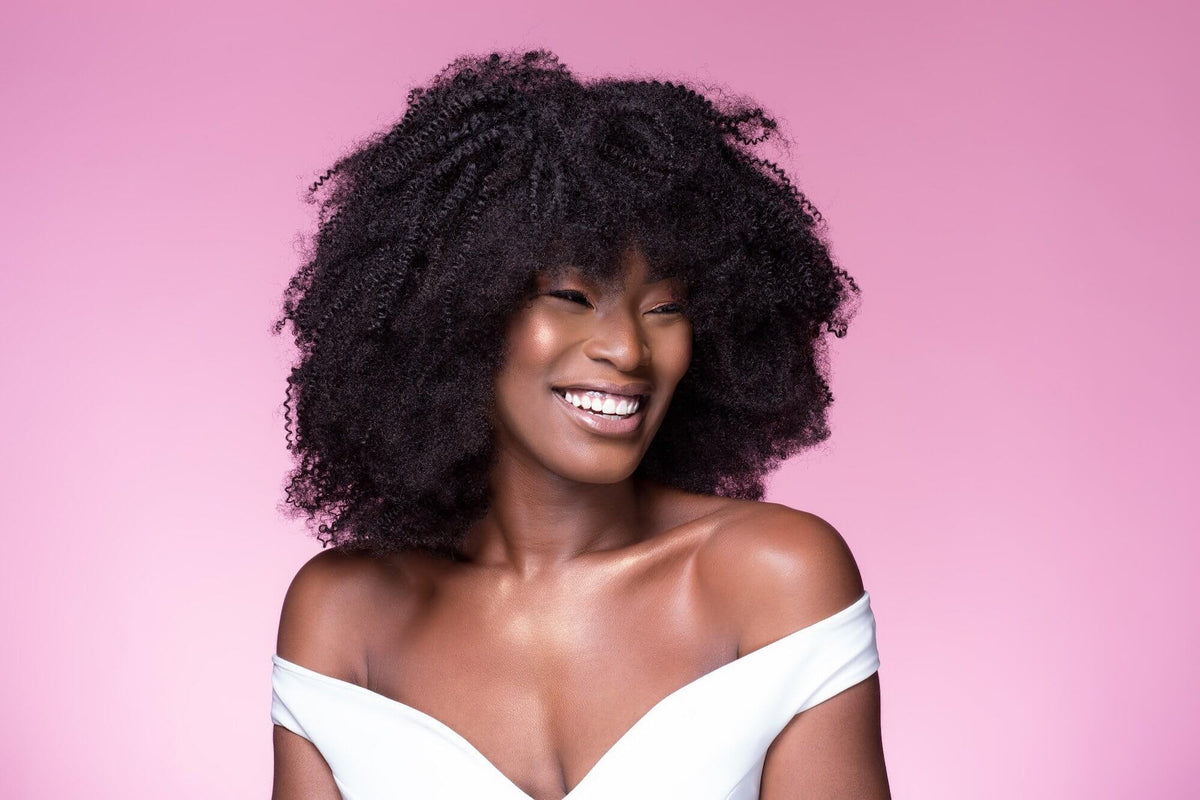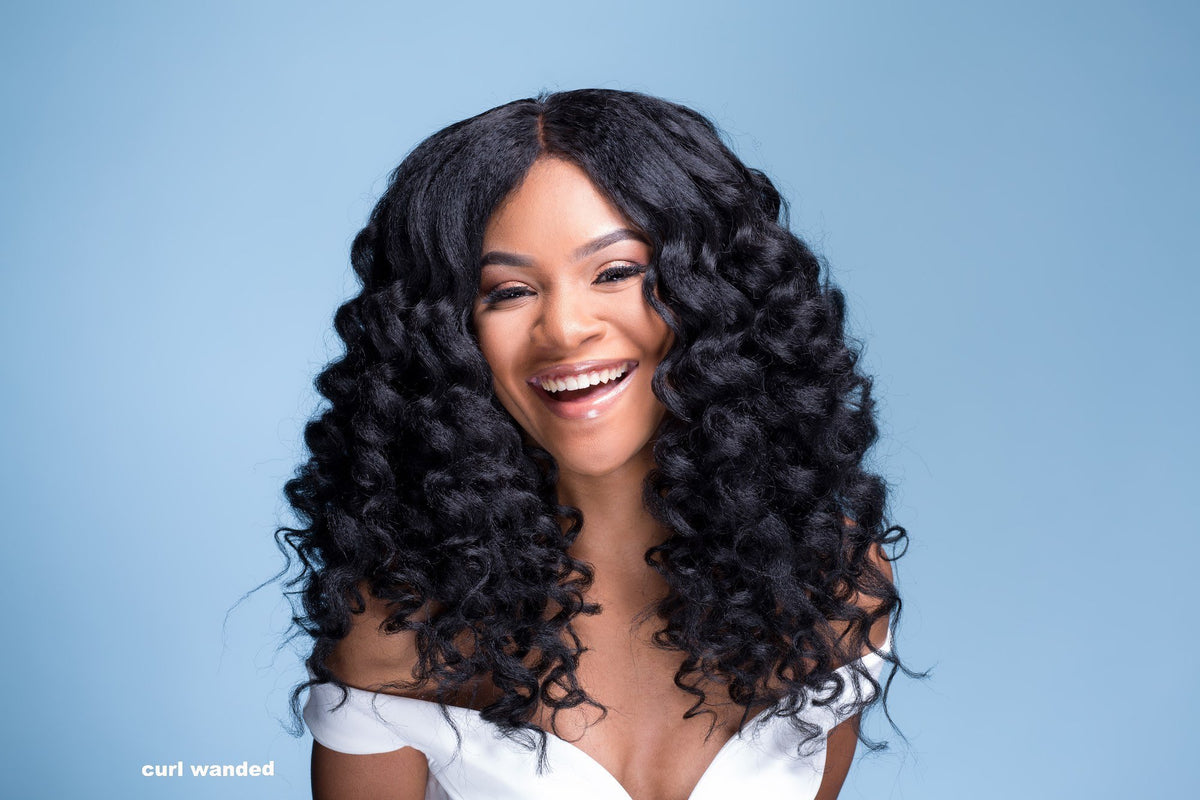
What is a Frontal?
The rule of thumb says that all frontals could be considered closures but all closures are not frontals. In this blog we cover the difference. Choosing the right frontal for perfect hair is a process but it is not a difficult or challenging problem. Here are a few simple tip help you choose the right frontal for you and your lifestyle.
Closures vs. Frontals
A closure covers a smaller section of your head. Usually only the top of your head gets coverage with closures. A typical closure is applied right along the hairline to create the illusion of your own hair. Once the closure is installed, you cannot change the parting. It also places limits on the types of hairstyles you can experiment with.
On the other hand, frontals have become increasingly popular because they offer more styling flexibility and protect your hair line. Frontals are a boon to patients suffering from hair loss. These versatile pieces cover a much larger area – the front of your hair line from ear to ear. You can easily style frontals into your chosen hairstyle for the day and change the parting as you please. If you prefer wearing your hair pulled back or in a high ponytail, a frontal is a much better option than a hair closure piece.
A good natural hair frontal piece can make your hairline look seamless, protect your hairline from further damage, and give you the best hair for styling and versatility. Here are a few things to consider while choosing a frontal hair piece.
Types of Lace Frontals
There are various types of frontals. Some rest on your front hairline, while others stretch around your entire hairline for a 360 fit. A 360 lace frontal gives you a hairline that looks completely natural and full. With reduced installation time, frontals are versatile, long-lasting, and a quick-fix solution that also doubles as a protective hairstyle. Frontals share many of the same protective traits as a natural hair wig when it comes to your hairline.
Shop Kinky Curly Yaki Frontal Hair >>
Lace Frontals Styles
Some of the most common hair types used to make lace frontals include Indian and Brazilian. Other options include Malaysian, Peruvian and more. Asian hair offer versatility and high-grade quality. At KinkyCurlyYaki, all of the hair used is Asian and 100% virgin human hair.
Hair texture is an essential factor to consider because the frontal you choose has to blend perfectly with your natural hair. The sheer number of hair textures and types can make finding a frontal that resembles your own texture a little tricky.
Some of the curly textures you can choose from include those that mimic 3C type curl patterns (My Curls™), 4A juicy afro curls (My Coils™), or 4B/C natural hair tight coils (My Kinks™). If you have straight hair or do not want to bother with blowing out the frontal, your options include relaxed and bone straight perm hair (My Straight Light™), medium textured 4A blown out hair (My Straight Natural™), or kinky straight hair – think blown out 4C hair (My Straight Coarse™).
Frontal Length & Color
The length of hair in the frontal depends entirely on your preference of style. Generally, lace frontals are 16 inches long. Lace frontals are approximately 13 inches in length and 4 inches in width, while 360 lace frontals have a circumference of 22 inches and width of 4 inches. However, this does not mean that you have no options to choose from – longer, larger and wider sizes can easily be made to order for you.
Frontals made of 100% virgin human hair come in natural colors, ranging from brown to black. Natural colored hair ensures superior quality and strand integrity. Choose natural hair textures that can be dyed to shades that are darker or lighter, depending on your preference. Not only does this ensure highest quality hair extensions but also ensures that you have full control over the final color of the frontal hair.
Good ol’ box dye is good enough to darken the hair color by a few shades, but lightening is a little more complicated. If you want to lighten the hair color, it is best to take the frontal to a professional stylist and colorist who can maintain the vibrancy of the hair while getting it to the right shade. It is important to note that while you can choose to treat the frontal (color, cut, and style), the hair on the frontal is pure human hair that will be impacted by chemicals if you process it.
How to Wear a Frontal
How you choose to wear your frontal largely depends on your lifestyle. A frontal is generally glued down but it can also be secured in place with an elastic band or a specialty lace wig tape. You also have the option of having it sewn onto an existing braid that would work as an anchor. Here are few things to consider:
- If you exercise or live a very active lifestyle glue and tape are not recommended. Opt for sewing down your frontal to give it a natural anchor that lasts.
- Do you live in a climate that is wet and humid? Consider an elastic band for the most comfort and ease of wearability.
- Are you always on the move and rarely sweat? Speciality lace wig tape may be an option for you, however, it is very tough on your hairline so consider sewn or elastic band options first.
Learning how to wear a frontal in the right way ensures you protect your hairline and helps the frontal last. The total duration that a frontal piece will remain secure depends on the method used to fix it, how much you perspire, and how well you care for your hairstyle overall.
A good frontal gives you the freedom and ability to wear a full head of hair exactly as you choose. Choose well, and you will have a reliable style for nights out with friends, in the office and everything in between.



